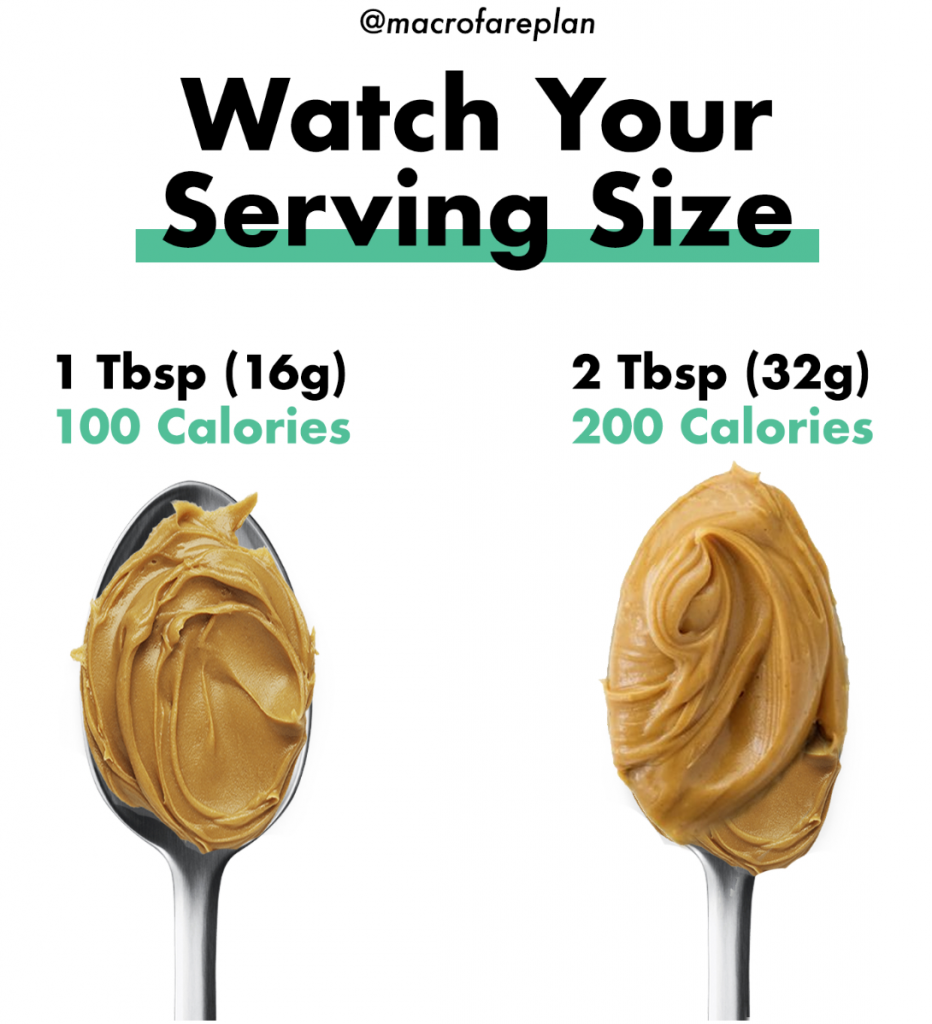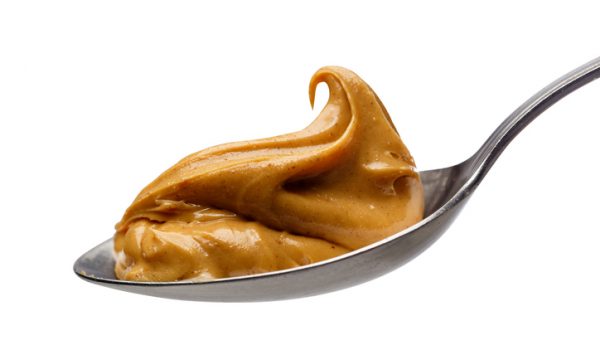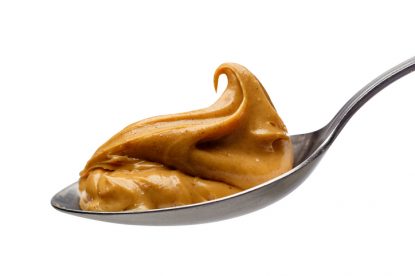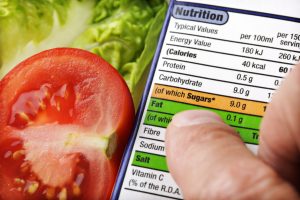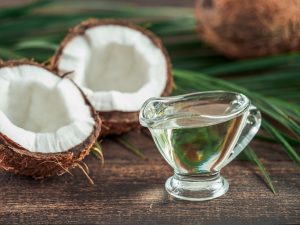Serving size is something that so many of us focus when following a diet. It’s one of the first things many people look at on the nutritional label to find out exactly how many calories they are consuming. But, what’s the big deal with serving size and how can it affect those following a ketogenic diet?
In this post, we are going to look at exactly why serving size matters when it comes to our daily food intake and then talk about some easy ways you can make sure you are measuring the proper serving size.
Why Does Serving Size Matter?
So, why exactly does serving size matter so much? While it is not always important to be super meticulous with sticking to the exact serving size, with certain foods you definitely want to be aware of how many calories, grams of carbs, fat, and protein are in a standard serving. Take for example peanut butter. There’s a 100-calorie difference between a one tablespoon serving and a two tablespoon serving. If you are trying to stick to a certain calorie count per day, you can see how one single additional tablespoon could throw off your calorie count for the day.
The same applies to those following a ketogenic diet. Serving size is super important when it comes to keeping track of the number of carbs you are consuming per day. This comes into play when you are trying to stay below a certain number of net carbs. It’s essential to keep track of how many grams of carbs are in each serving to be sure you are staying in a state of ketosis.
The Best Way to Measure the Proper Serving Size
While keeping track of serving sizes may seem like it would be tedious and time-consuming, it doesn’t necessarily have to be. You can use some shortcut methods to measure out a proper serving size using these tips.
- To measure a single 3-ounce serving of meat, you can use your palm. This will be roughly 3-ounces.
- When measuring a one cup serving of vegetables, you can use the size of your closed fist.
- Cheese can be measured by using your thumb. The size of your thumb will be roughly the amount of cheese equal to a single serving.
- When measuring the serving size of something like yogurt, you can estimate a single serving to be about the size of a baseball.
- Measuring oil or butter? The serving size is generally one teaspoon, and you can use your fingerprint as a general guide for quickly measuring a single serving.
- To measure a one tablespoon serving of nuts, use your thumbprint as a guide.
The Takeaway
So, what’s the take-home message when it comes to serving size? Serving size can play a big role in your diet if you are trying to lose weight and stick to a specific number of calories per day. Serving size also plays a big role when following a ketogenic diet as you will be carefully keeping track of how many carbohydrates you consume each day.
On top of serving size, another important thing to remember is that consuming foods in their whole and natural state is going to be much healthier than consuming packaged and processed foods. Combining healthy eating and portion control, you can help significantly improve your diet and thus your overall health.
